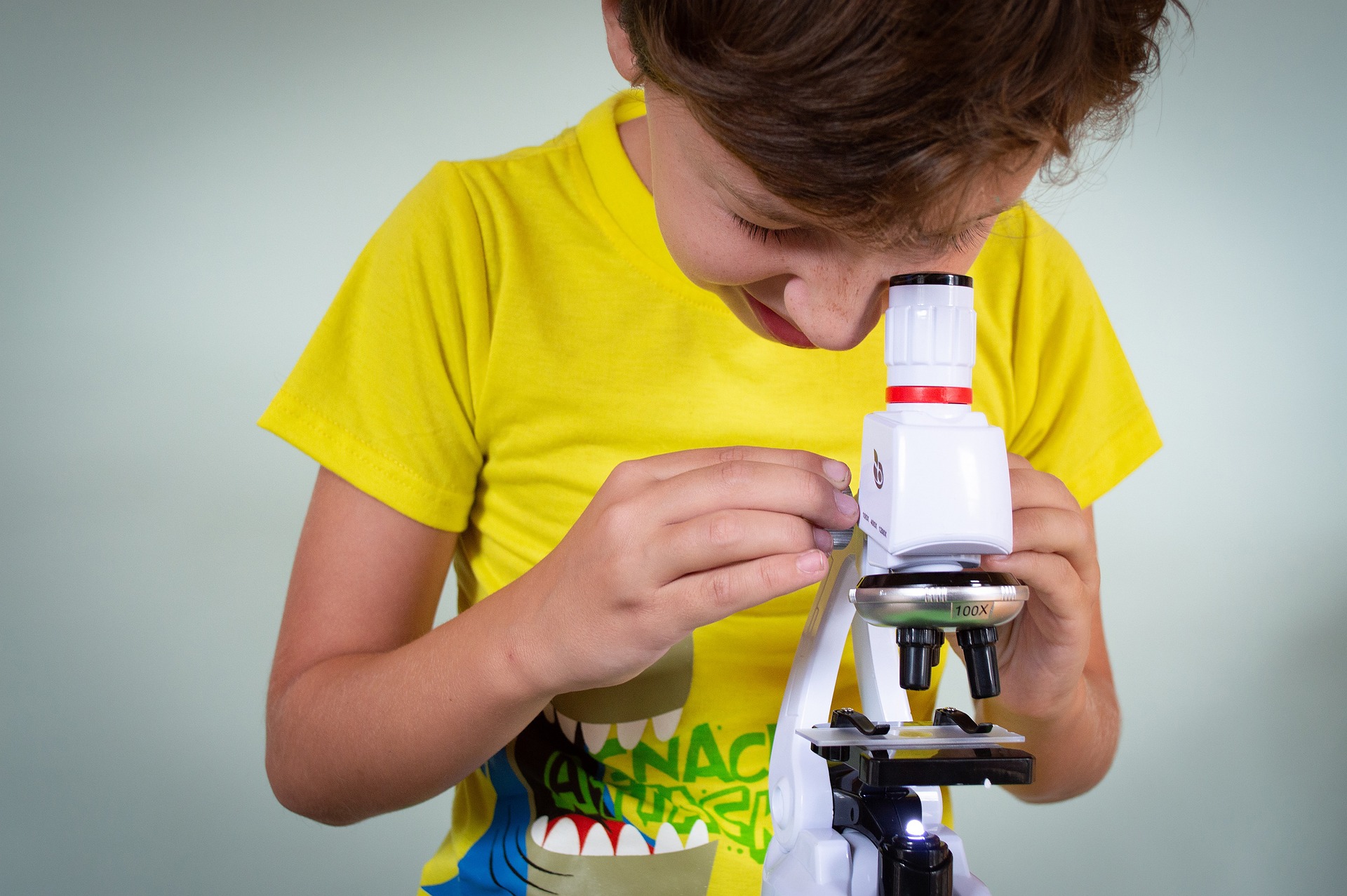Be A Scientist!
A scientist is a person who loves to find out new things, or to explain why existing things are the way they are. Scientists create new knowledge. The new knowledge could be used to develop products like new medicines.
Many years ago, scientists were thinkers and most of them were philosophers who were interesting in explaining the world as they lived in.
Galileo Galilei (1564-1642 AD)
Born in Pisa, Italy in 1564, Galileo is called as the father of modern science because of his discoveries in astronomy and physics. He was sent to study medicine by his father, but he chose his career in science and mathematics and made the first telescope to observe stars and planets. He also discovered that the surface of the moon was not smooth but contained burrows and holes to what he called crater. Galileo discovered 4 revolving moons around Jupiter which are named after him. He proved what Copernicus said about sun being the center of the solar system.
In 1581, when he was studying medicine, he noticed a swinging chandelier, which air currents shifted about to swing in larger and smaller arcs. To him, it seemed, by comparison with his heartbeat, that the chandelier took the same amount of time to swing back and forth, no matter how far it was swinging. When he returned home, he set up two pendulums of equal length and swung one with a large sweep and the other with a small sweep and found that they kept time together. It is this idea that was used to develop the old school watches that used a pendulum to keep time.

Observe and Record
Scientists observe things and develop ways to classify them. When you observe something, you carefully look, hear, taste, touch, or smell it. Scientists can compare and classify animals to learn more about them. Compare means to see how things are alike or different. Classify means to group things by how they are alike. Scientists also measure things. Measure means to find out the size or amount of something. Measuring can help scientists sort things in order, for example, based on size.
Scientists can record the data on a chart and they can make a model to predict how something looks or works.
When you write or tell your ideas to others, you communicate what you have observed and learned.

The Scientific Method
Scientists make and follow a process called the scientific method. This ensures that scientists have evidence before they make scientific facts. The scientific method also includes the plan that explains what they did, so that other scientists will make the same obeservations if they did the same study/experiment. This means the results can be reproduced.
Start with a question! Using the knowledge you already know, make a prediction of what you expect to observe. This initial prediction is called a Hypothesis. For example:
Question: What do snails like to eat?
Hypothesis: Snails like to eat vegetables
Make a plan to find out what snails like to eat. You will need to give the snails different kinds of foods, observe if the snails will eat and record your observations.
Make a conclusion: The results observed in my experiment indicate that snails will consistently eat vegetables.

Research topic: What do snails like to eat?
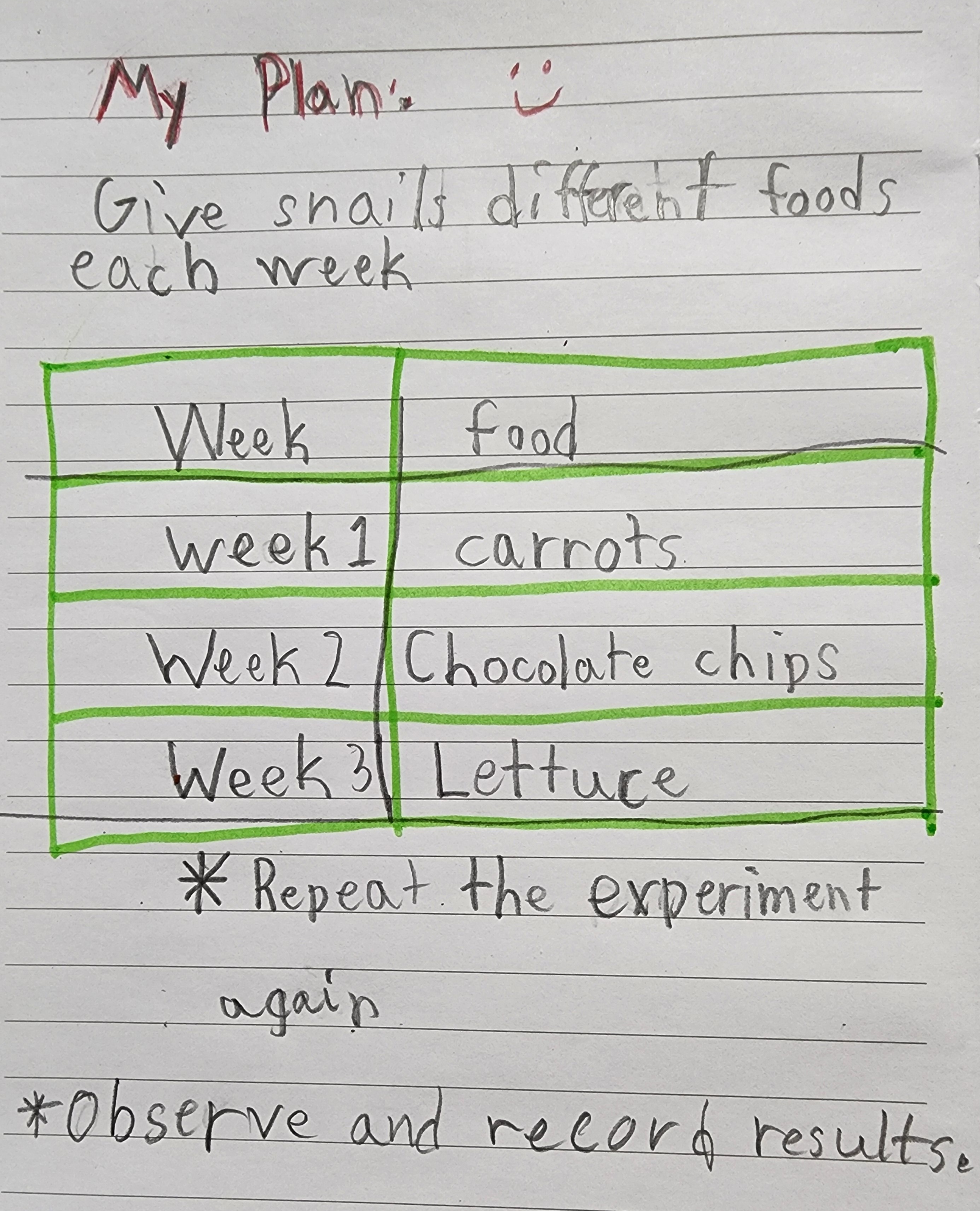
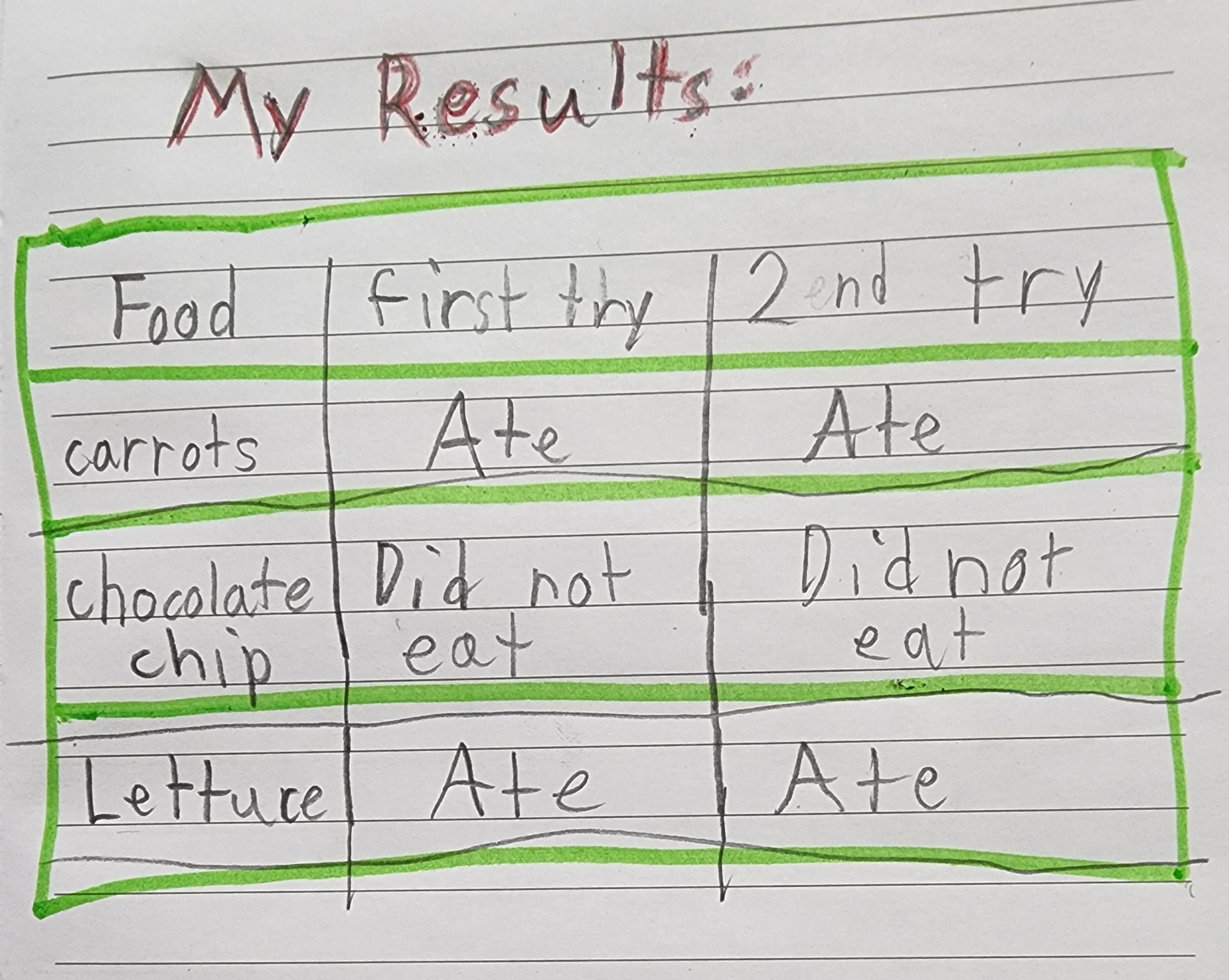
Share your science
Share your observations with your classmates, neighbors and friends. Your friends will learn what foods snails like to eat. They may also come up with new questions that will require further investigations. For example, now that you know that snails can eat both carrots and lettuce, which one do they prefer over the other?
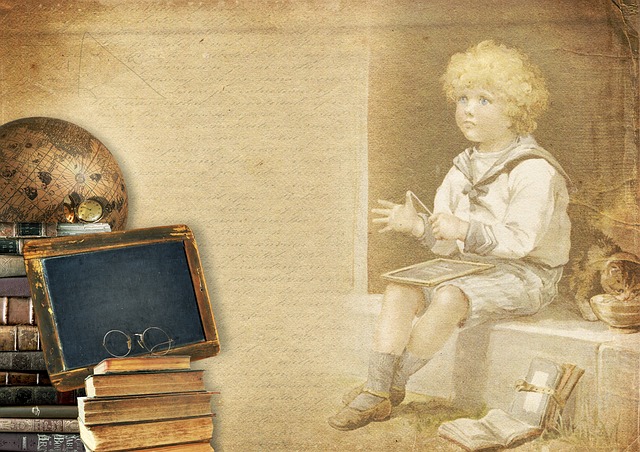
Safety Tips
Make sure to follow all safety rules
Tell your teacher right away about accidents such as spills.
Handle sharp objects and glass carefully
Wear goggles when you are told to.
Wash your hands after each activity.
Keep your workplace neat. Clean up after you are done with your experiment.
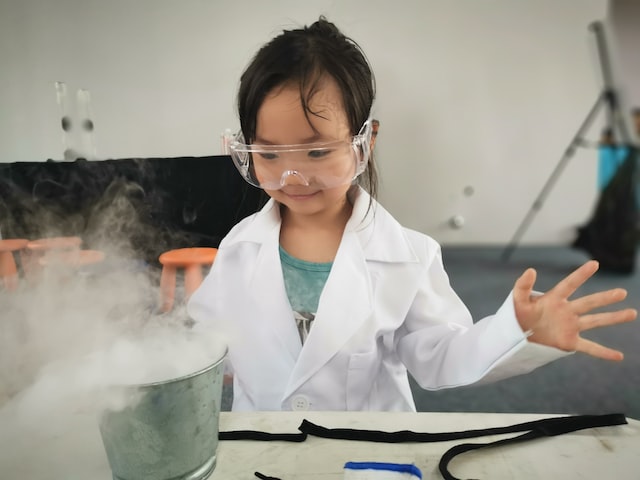
Contact Us
